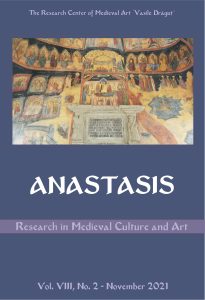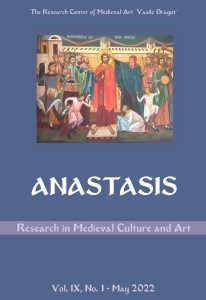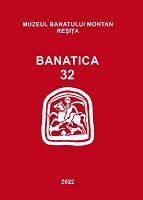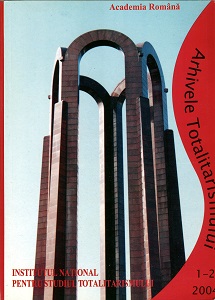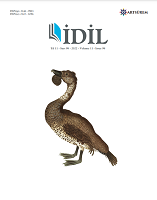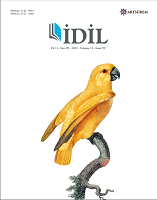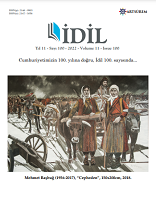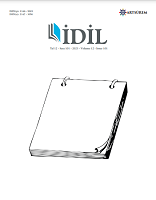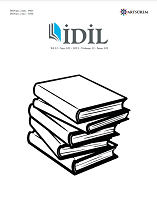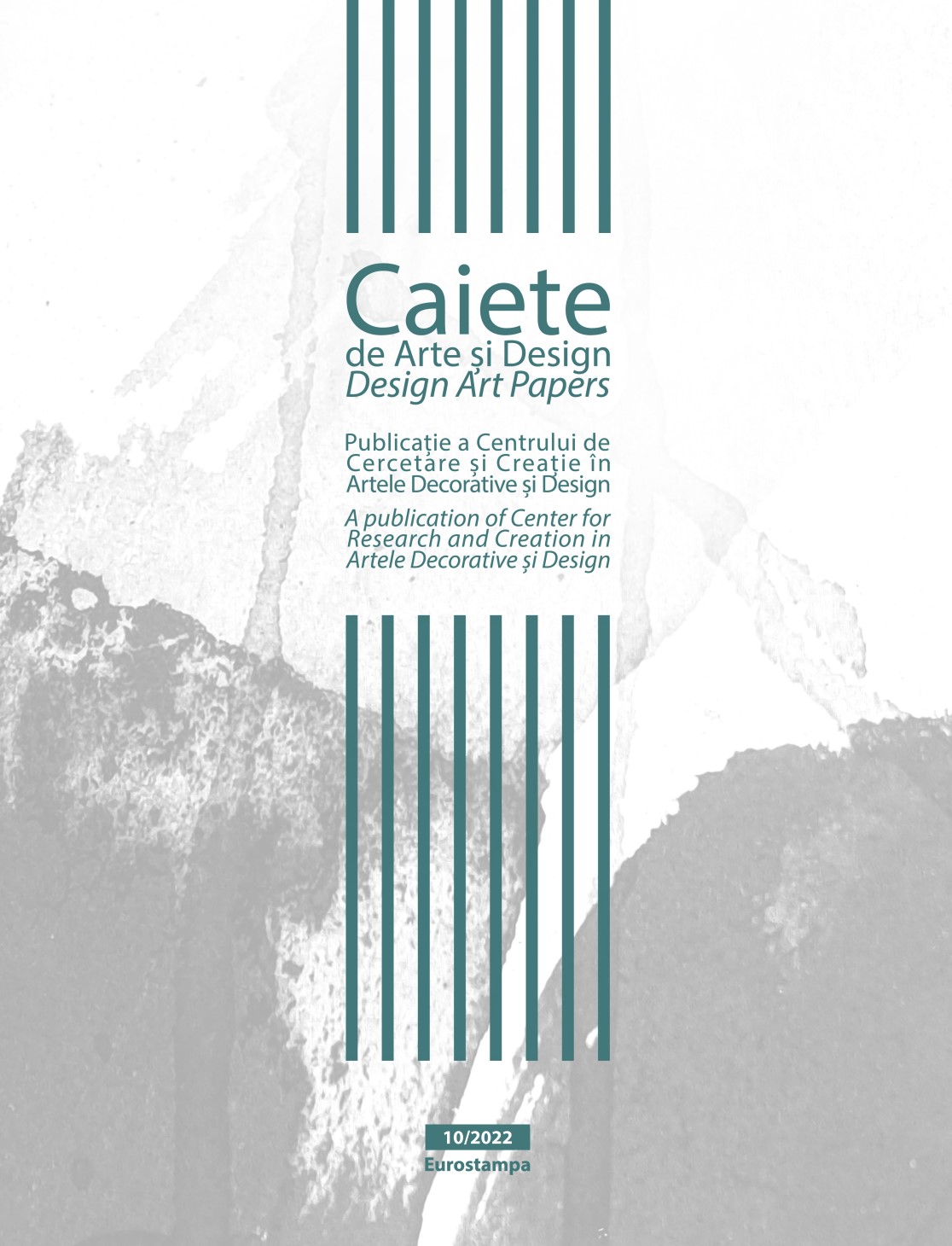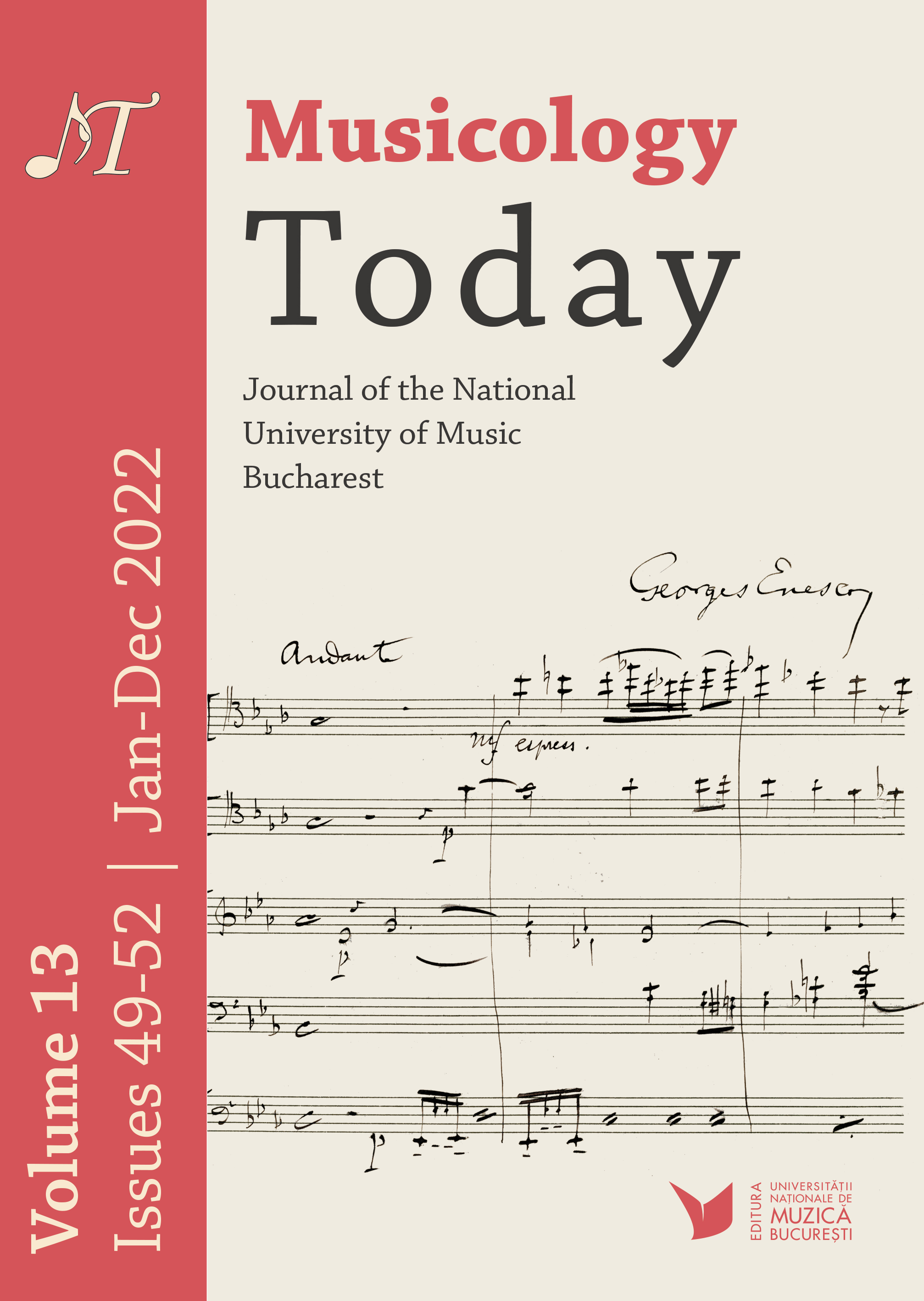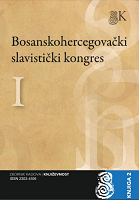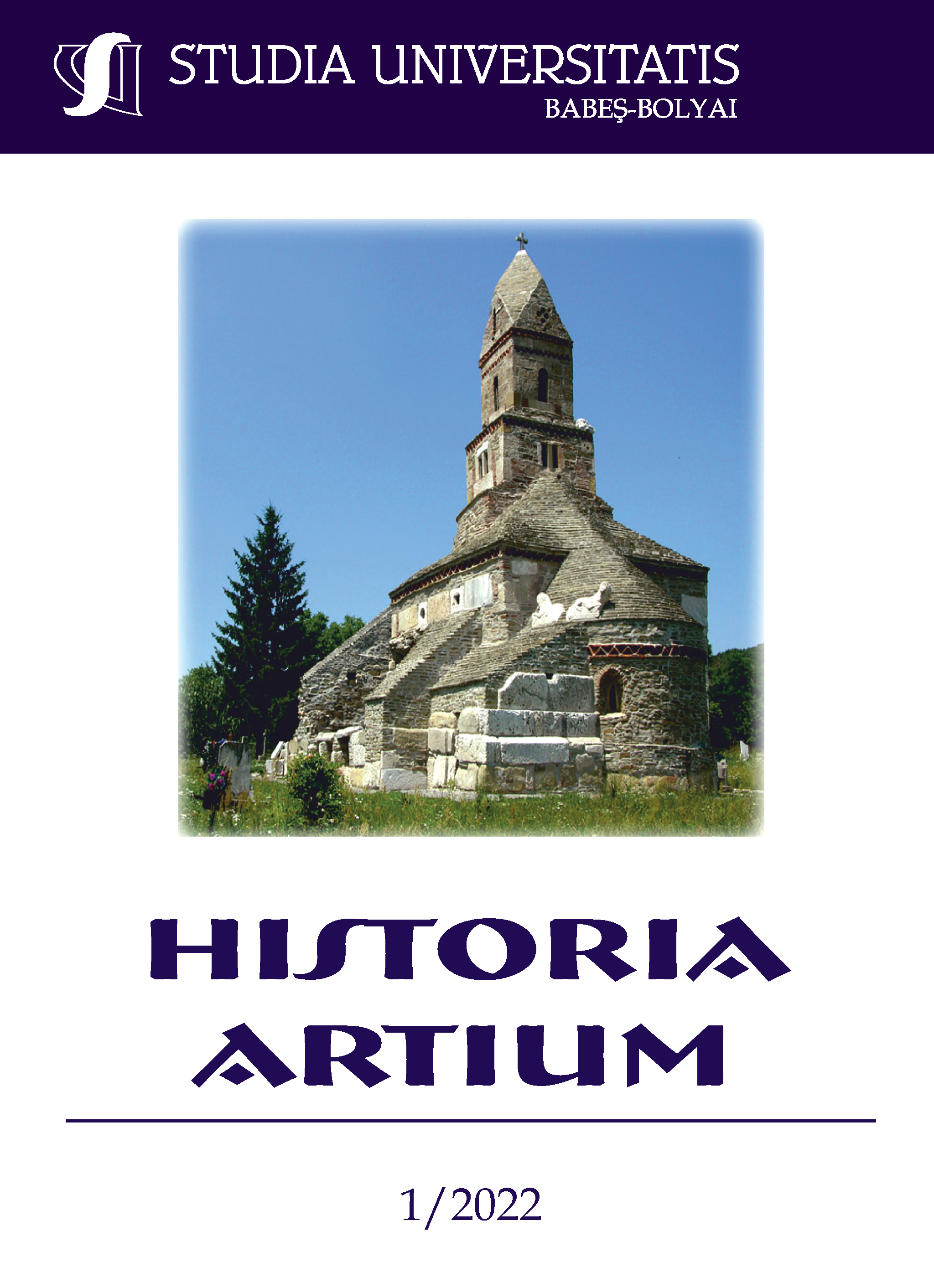
LA BEATISSIMA VERGINE DEL CARMINE – ICOANA MIRACULOASĂ A BISERICII CATOLICE DE PELERINAJ DE LA MARIA-RADNA
La Beatissima Vergine del Carmine ‒ l’icona miracolosa della Chiesa cattolica di pelegrinaggio di Maria-Radna. Il presente articolo rappresenta un intervento scientifico di un’incontro tra la ricerca storico-documentaria, iconologica e iconografica del tema. Lo studio delle “Sacre icone miracolose” della Transilvania, delle regioni di Maramureș, Bihor e Banat hanno fatto, e fanno parte del programma di ricerca dell’autore da più di cinque decenni, aggiungendosi alla richissima bibliografia riguardante le icone miracolose che si trovano nelle chiese della Moldavia e Muntenia, menzionati dal ricercatore di Cluj. Nel preambolo il lettore conoscerà la storia docu¬mentaria ma anche quella legendaria della fondazione del monastero francescano Maria-Radna iniziando dall’anno 1327, nell’epoca del re Carlo Roberto d’Angiò, la vita, i compimenti e le metamorfosi di questo monastero, le costruzioni successive, l’edificazione della capella nell’anno 1520, le distruzioni del periodo ottomano (1551), le ricostruzioni della Chiesa dovuti a fedeli generosi e la sua dotazione con l’icona della Vergine col Bambino, più precisamente, in conformità all’epigrafo dalla parte inferiore, LA BEATISSIMA VERGINE DEL CARMINE, meraviglioso dono dell’ anziano bosniaco Georg Viriĉonosa (Virchonossa) dell’anno 1668. Il momento che segna e nota il miracolo è l’anno 1695, quando la piccola chiesa fu saccheggiata e messa a fuoco, l’unico pezzo salvato dalle rovine e dalla cenere essendo l’icona della Madre di Dio. Questo momento legendario fu seguito da un’altra vicenda miracolosa cioè quella della punizione del visir profanatore della Chiesa quando il suo cavallo fu bloccato mentre un suo zoccolo fu intrappolato in un frammento di pietra (La traccia dello zoccolo). Il terzo atto dello scenario legendario racconta di un nuovo incendio della capella francescana dai turchi e il giudizio divino, quello d’indirizzare le fiammi distruttivi verso l’esercito ottomano oltre il fiume Mureș a Lipova. La notizia di questi fatti miracolosi si è diffusa con rapidità, da allora in poi i fedeli venendo in pelegrrinaggio, non solo dalle vicinanze, ma proprio da lontano per inchino e preghiera di fronte alla icona della Madre di Dio, l’icona miracolosa, responsabile per le guarigioni miracolose di pelegrini malatti, guarigioni che furono inscritti nel registro della chiesa iniziando col 1707. Di seguito la cronaca della chiesa nota lavori di ricostruzione tra (1722-1727), l’inizio della costruzione della nuova chiesa (24 giugno 1734), l’innalzamento dell’ala nordica e di sud-ovest del monastero (1743-1747), la collocazione della prima pietra di una basilica monumentale, il 7 giugno dell’anno 1756 nel giorno di Pentecoste, in presenza del gran Preposto del Capitulo cattedral di Cenad, che aveva la residenza a Timișoara, Clemente Rossi, del Consigliere originario di Banat Iacob Salbek e del superiore del monastero Ieronim Bocsin. Le costruzioni condotte da Karol Vogel saranno concluse nel 1767, anno in cui fu santificata la Chiesa dal Vescovo di Cenad, Anton Engel, in quale occasione fu collocata sull’altare principale l’icona La Beatissima Vergine del Carmine, placcata con ornamenti di argento, oro, perle e pietre preziose grazie al maestro viennese Joseph Moser. La meta del XIX secolo segna la fine del montaggio del mobilio liturgico formato da otto altari dedicati a santi protettori [ Il sacro cuore di Gesù e Il sacro cuore di Maria (1824); San Francesco d’Assisi (1805) e Sant’Ana (1822); Il fidanzamento della Vergine (1781), lavoro del pittore dell’Accademia regale ed Imperiale, Franz Wagenschőn; Sant’ Antonio da Padova (1762), creazione del maestro Ferdinand Schiestl autore anche della fresca del santuario; il Battesimo del Redentore (fine del XVIII secolo) e San Giovanni Nepomuk (1723)]. L’icona miracolosa della chiesa di Radna fu lavorata nell’officina Remondini di Bassano del Grappa, dopo la meta del XVII secolo, facendo parte di un ampia produzione d’incisioni religiose popolari richiesti dal mercato artistico del tempo. Il lavoro su carta delle dimensioni di 477 x 705 mm rappresenta nel campo centrale La Vergine Maria con il Gesù bambino in braccia (Hodighitria), in un’originale riunione iconografica dei modelli Elousa e Glykophilousa. La silografia nota il evidente collegamento del messaggio iconografico e iconologico con la storia del culto dell’abito liturgico (lo scapolare) dei testi liturgici medievali e premoderni come anche con l’immagine con la scena del registro inferiore, una rappresentazione visuale di quello “privilegio Sabatino”, più precisamente la promessa per quelli che indosseranno quello “scapolare” di essere liberati dal Purgatorio nel primo sabato dopo la loro morte (uno dopo l’altro gli angeli salvatori tirano fuori dal luogo avvolto dalle fiamme, le anime e i corpi che indossano lo scapolare). Tra i lavori di riferimento sul tema, per capire, intendere e per la storia dell’immagine, per l’iconografia tradizionale della Madonna “del Carmelo” ( oppure nella lingua spagnola “del Carmine”), per l’origine / la storia della festa, per le commemorazioni solenni, per la festa dell’abito dello “scapolare”, per la festa fuori dell’Ordine carmelitano e la festa nella Chiesa Universale, l’autore presenta in traduzione dalla lingua italiana, un testo inedito nella letteratura rumena specializzata, il libro di P. Albino del Bambino Gesù (OCD), Lo Scapolare della Madonna del Carmine, Ed. Ancora, Milano 1957. Una dettagliata analisi relativa alla composizione, iconografica fu fissata sui 14 ex-voto quali incorniciano l’icona La Beatissima Vergine del Carmine. Grazie alla moderna tecnica fotografica, attraverso l’amplificazione, attraverso l’aumento della loro dimensione, fu “letta” la storia e il racconto di questi miracoli. Sopra la Madre di Dio: 1. Molti dormendo colti sotto alla /ruina della casa nescono viui (Mentre dormivano sono colti sotto la rovina della casa,ma essi rimangono vivi). 2. Sommergendosi la naue, fa voto/ vn pesce ottura e si saluano (Mentre la nave sommerge, fa voto/, un pesce riempie la rottura e la nave si salva). 3. Vn putto stato 3. giorni nel fiume, / fa voto Pad(re) e Mad(re), e la pesca viuo. (Un bambino è rimasto per tre giorni nel fiume, facendo voto il padre e la madre lo pescano vivo). 4. Vno ferito grauemente, getato in/mare fa voto e si libera (Un ferito grave viene gettato nel mare, fa voto e si libera). 5. Vn figliuolo gettato in pozzo, eco/-perto di sassi dopo 8. die caua vivo (Un figlio gettato nel pozzo e coperto di pietre è trovato vivo dopo otto giorni). 6. L’an(no). 1050 (=1500) portandosi quest imag(ine)/. À Roma v(n) strop Risanato la segue (Nell’anno1050 (=1500) portando quest’immagine a Roma uno storpio guarisce). Nella parte destra della Madre di Dio (alla sinistra di chi guarda): 7. Da altiss(ima). Finestra vn fu-/giendo dall incendio d’une casa fa voto alla (Madonna), e si sal(vano). (Dall’altezza della finestra di una casa un fuggente da incendio fa voto alla Madonna e si salva). 8. Cadendo vno da vn altissi-/ ma pianta inuoca la Ma-/donna del Carmine, e non/ riceue male alcuno. (Cadendo uno da un alto albero, invoca la Madonna del Carmine e viene salvato dal male). 9. Vn ferito con 30 ferite a que-/B(eata). V(ergine) del Carmine/ricore e si risana (Un ferito con 30 ferite chiede aiuto alla Santa Vergine del Carmine e si riprende). 10. Essendo sententiato vno al-/la forcha viene dalla Beata/Vergine liberato. (Uno essendo condannato ad essere innalzato sul patibolo viene liberato dalla Santa Vergine). Nella parte sinistra della Madre di Dio (alla destra di chi guarda). 11. Carlo Cassa di Verona/ da Barbare gente in prigiona-/te fa voto e si libera. (Carlo Cassa di Verona fatto prigioniero dai Barbari s’inchina e viene rilasciato). 12. Vn cieco fa voto alla Glo-/riosa Maria del Carmine, e impetra il ve-/dere). (Un cieco s’inchina alla gloriosa Vergine Maria del Carmine e riprende la vista). 13. Vn padre Troua viuo il figlio./ chegli era stato da un nemi(-)co vciso e sepolto. (Un padre trova il suo figlio vivo quale fu ucciso e sepolto da un nemico). 14. Giostrando a vn principe,/ viene passata la coscia fa voto e si sana. (Nella giostra un principe viene traffito alla coscia, fa voto e si riprende.) La nostra ricerca dimostra il fatto che la xilografia della chiesa di Radna è una delle realizzazioni più elaborate della La Stamperia Remondini che produce tra gli anni 1657-1861. L’ affermazione si appoggia sul paragone con altre stampe che hanno rappresentazioni a questo tema, tra i quali una incisione”a bulino” ( 233x167 mm) dove la Madonna del Carmine è inquadrata da dieci scene che illustrano i miracoli di Santa Maria e una seconda variante dovuta alla stamperia Remondini, dell’anno 1830, una xilografia colorata con l’epigrafe” B. V. DEL CARMINE CO’MIRACOLI”, dove in quelli dieci scene che inquadrano il lavoro furono ripresi una parte delle sequenze miracolose dell’icona della Chiesa di Radna.
More...
